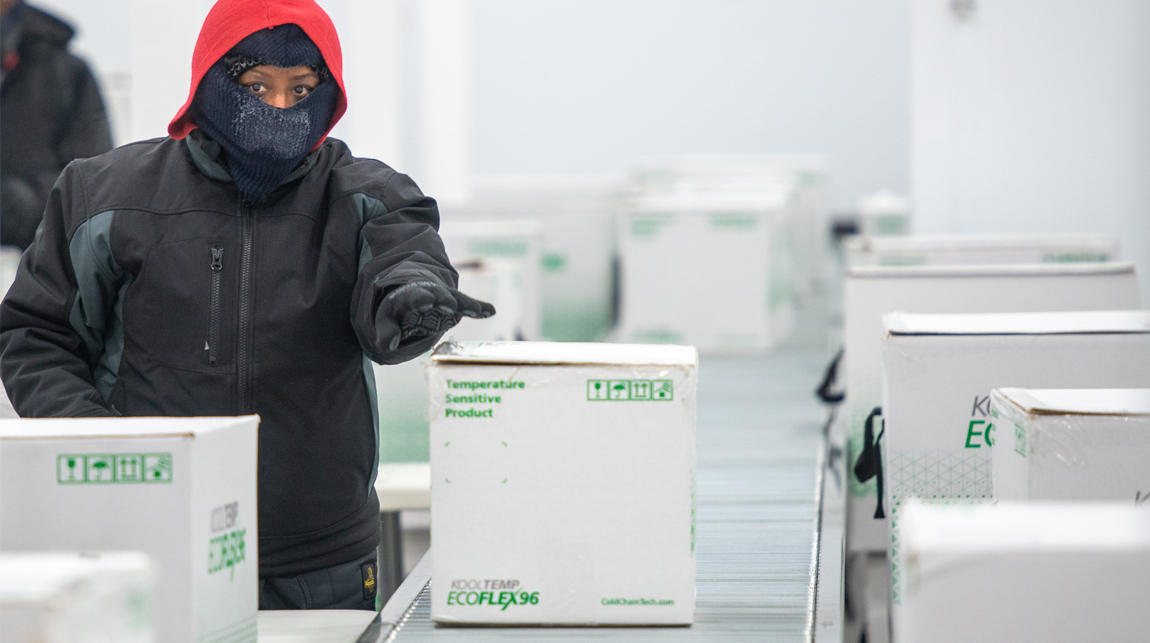Get the facts on cold chain solutions and questions to ask when designing a cold chain solution.
A cold chain solution is the development and use of thermal packaging design using thermodynamic knowledge and expertise. A cold chain solution or cold chain management is integral to building and maintaining effective cold supply chains.
The terms cold chain management and cold chain solutions are used when referring to the process of defining, supporting, maintaining, and applying cold chain technologies to package, move, distribute, warehouse, and sell cold chain products.
Integral to an efficient cold chain solution is using thermal packaging that is designed based on thinking beyond what happens inside the package or box.
How can the thermal package maintain the right temperature inside the box? What is happening to the thermal package as it moves through the cold supply chain? How does this impact the design and application of cold chain solutions?
Keep reading to learn more about:
– The 9 elements of a cold chain solution
– How thermodynamics is used in cold chain solutions and thermal packaging
– Questions to ask when designing a cold chain solution





